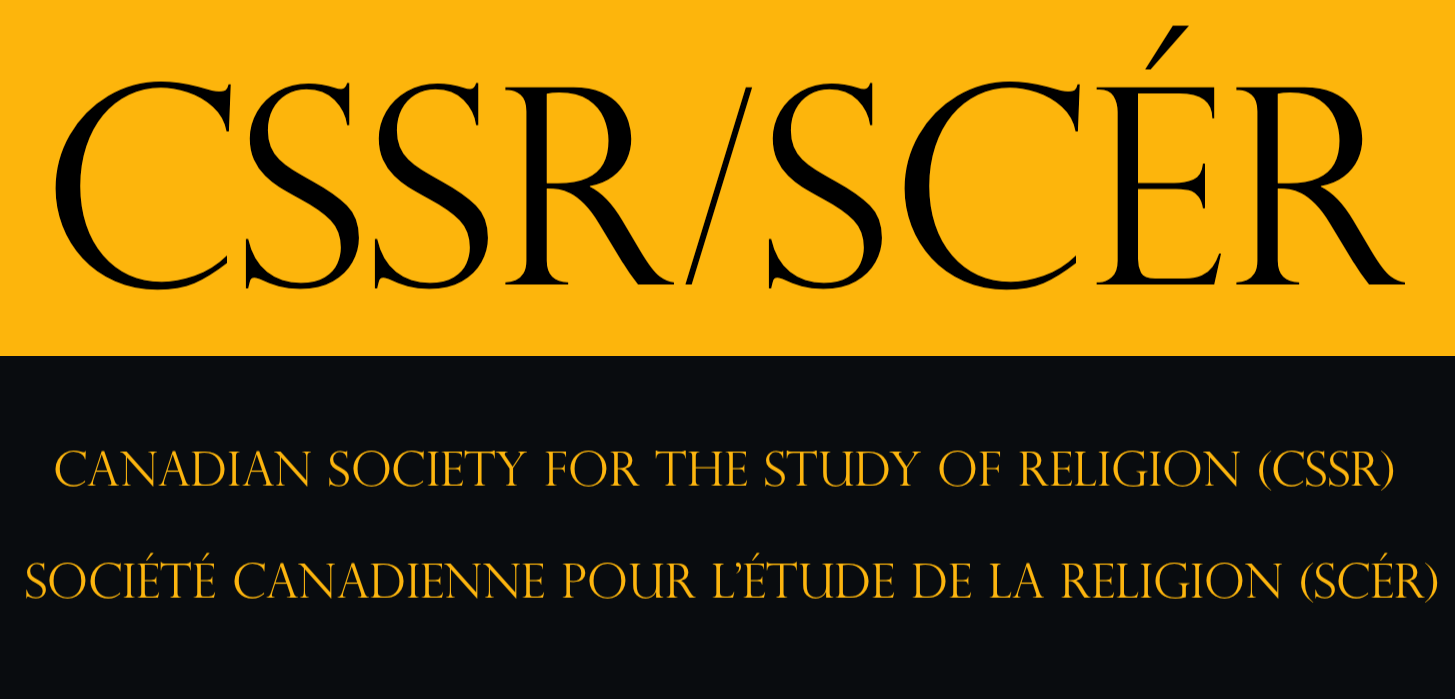Call for Proposals — Canadian Journal of Communication
Canadian Journal of Communication
Guest Editors: Jeremy Stolow and Alexandra Boutros
Special Issue. Visible-Invisible: Religion, Media, and the Public Sphere
Call for Proposals
Much has been made of the “return of religion” in the contemporary world, not least in the West, the putative birthplace of modern secularism. Arguably, however, religion has not so much returned as become newly visible in particular ways. As demonstrated by a growing interdisciplinary scholarship on religion, media and modernity, the very cultural shifts, institutions and technologies that were once imagined to augur the withering of religion and the secularization of society have been appropriated, repurposed, and adapted by a wide range of religious actors, movements, and organizations. These engagements have fostered the formation of new public spheres, new uses of public spaces, and new contestations of seemingly settled assumptions about the proper place of religion in the modern world. Central to these transformations, it has been widely noted, is the power of modern media to reposition and redefine the contents of religious discourse and to enable new forms of contact, exchange, and circulation both within and beyond the boundaries of religious communities per se (see, e.g., Clark 2007; Helland 2008; Hoover 2006; Lövheim & Lynch 2011; Meyer & Moors 2006; Miedema 2005).
At the same time, questions of religion and its public visibility either implicitly or directly call attention to the modes in and through which religious sources of knowledge, practice, and power are materialized. By most definitions, religion deals principally with ?invisible? or ?immaterial? powers and forces, just as the notions of belief and faith are commonly assumed to operate in a purely symbolic register: as propositionalclaims about the fundamental structure of the cosmos or affective dispositions toward transcendent entities and powers. But as a growing literature has shown, religious practices, affiliations, and ways of knowing the world are always ? inevitably ? materialized and embodied through particular techniques for training and tuning the senses, and rely upon specific performative repertoires and technological supports in order to make the invisible visible, the inaudible audible, or the intangible tangible (see, e.g., Hirschkind 2006; Meyer 2010; Morgan 2012; Stolow 2012).
Despite these important advances in the scholarly literature, the analysis of how precisely different media technologies, organizational structures, and practices contribute (or not) to religion’s public visibility is far from complete.
Communications scholars in particular have much to add to the discussion. In this spirit, this special issue of the Canadian Journal of Communication seeks contributions that will advance our understanding of what is made visible, and what remains invisible, at the intersection of religion and media. In what ways do the notions of ‘visibility’ or ‘invisibility’ advance our understanding of the public place of religion in contemporary societies? What are the communicational infrastructures that shape religious ‘in-visibility’? We invite authors to submit proposals that explore this cluster of concerns with reference to diverse themes, cases, and theoretical considerations, including, but not limited to studies of:
· the transformation of public spaces into places where the intersection of religion and activism is performed on/for a worldstage (such as the oft-mediated spectacle of the ‘Arab spring’)
· the ways media institutions and policy regimes intersect with and shape the public visibility of religion (e.g., in the regulation of ‘religious broadcasting’)
· contestations of the role of religion in public life (including, for instance, efforts to expand or enforce legal and political notions of ‘secularism’ or ‘laïcité’)
· the public visibility of religious actors, institutions, or communities in relation to questions about citizenship, nationalism, transnational mobility, and the constitution of diasporas.
· the wearing of ?modest dress? (such as the niqab) as forms of what might be called ‘sartorial invisibility.’
· religious actions dealing with ?invisible? things (prayer, magical powers, etc)
· the seemingly new visibility of religion in what some call the digital public sphere.
Proposals of 250-500 words will be accepted until May 31, 2013. Please include a prospective title for your article, a brief overview of your proposed essay, and a short bio-note about yourself.
Complete versions of essays (7,000-9,000 words) will be due by Nov. 1, 2013.
We welcome essays either in English or in French.
To submit your proposal, or for any further queries regarding this special issue, please contact the issue editors directly:
Jeremy Stolow: jeremy.stolow@concordia.ca
Alexandra Boutros: aboutros@wlu.ca
For information about the Canadian Journal of Communication and for general information about submission guidelines to the journal, please visit: http://www.cjc-online.ca/submissions.php.
download English proposal
download French proposal
alexandra boutros, phd | assistant professor, communication studies | cultural studies program-coordinator | wilfrid laurier university | t: 519.884.0710 (2917) | aboutros@wlu.ca

